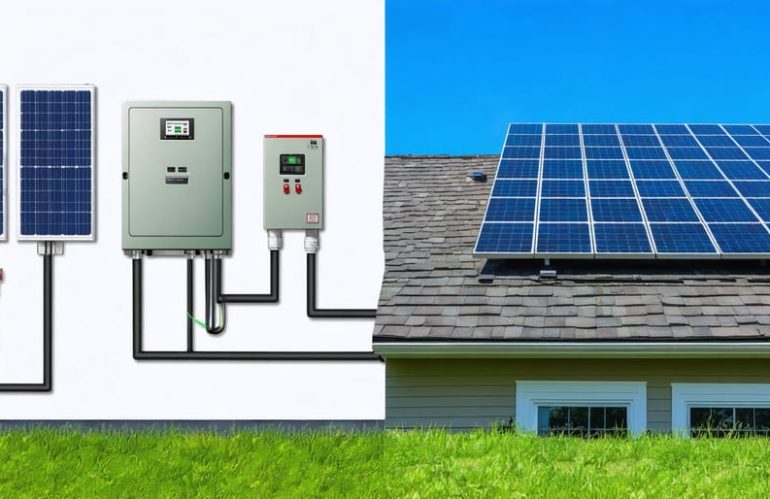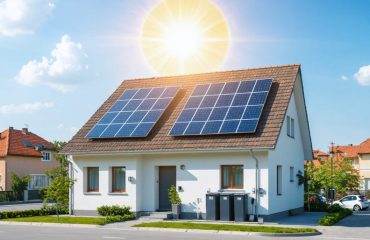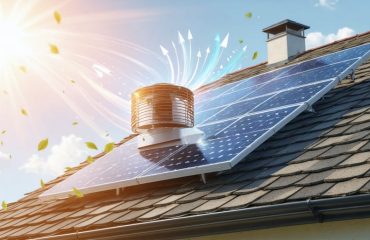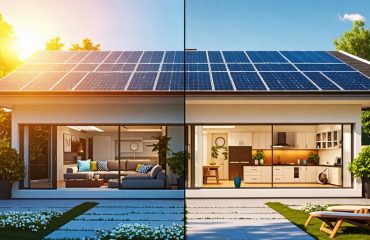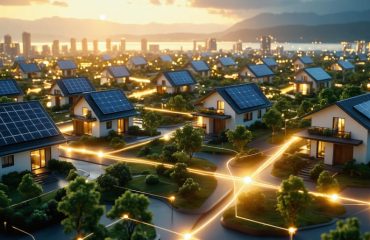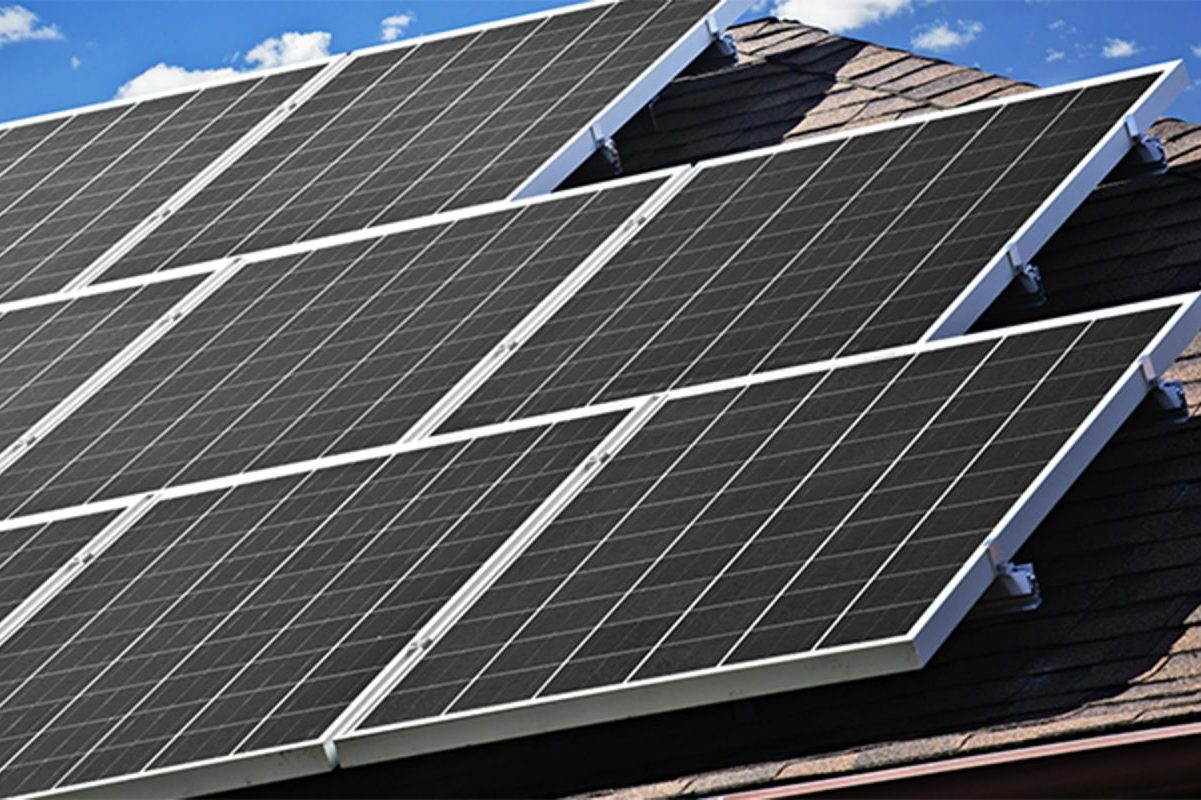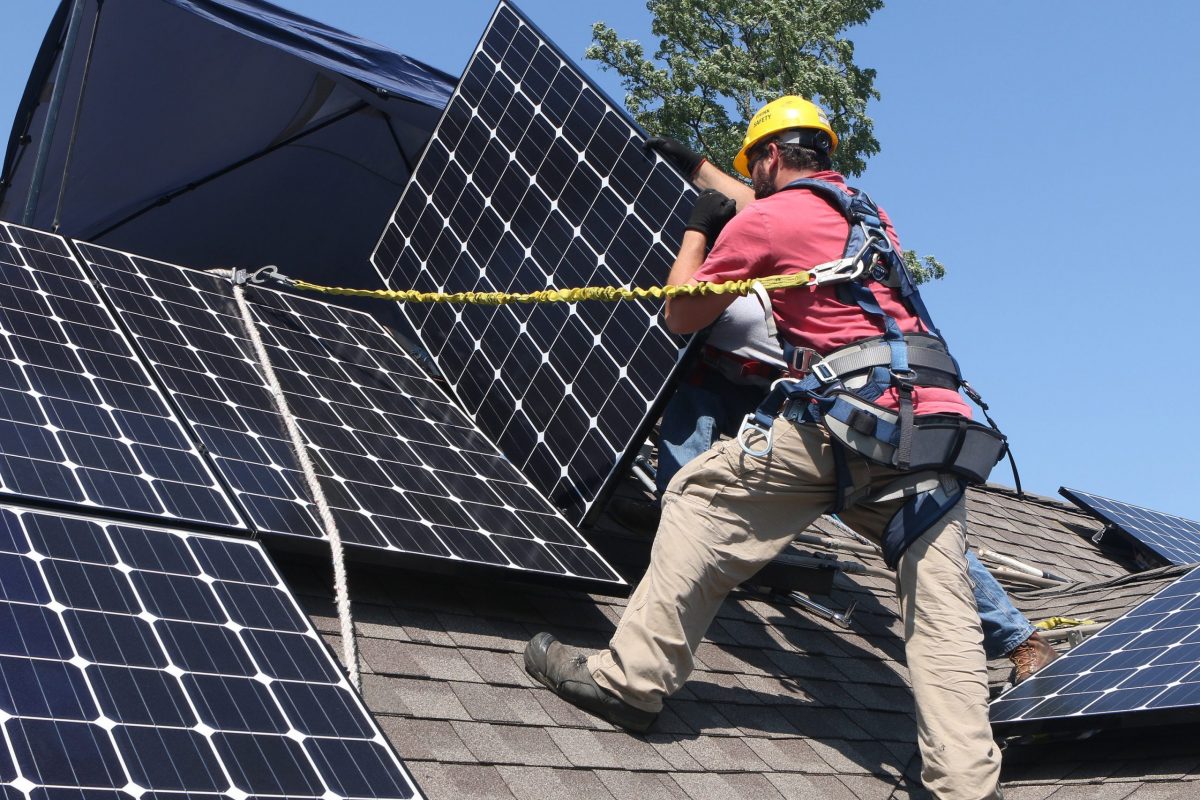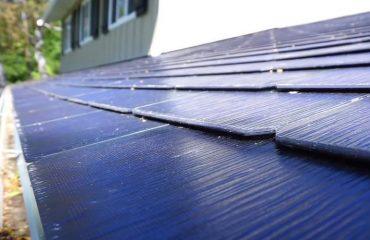Upgrading your home’s electrical panel isn’t just another step in solar installation—it’s the foundation of a successful renewable energy system that can power your home for decades. As more homeowners embrace solar technology, many discover their existing electrical panels aren’t equipped to handle the additional power flow and advanced requirements of modern solar systems. A main panel upgrade ensures your home can safely manage bi-directional power flow, accommodate new energy demands, and maximize the return on your solar investment.
Beyond solar compatibility, a panel upgrade delivers immediate benefits: increased home safety, support for modern appliances, and enhanced property value. Whether you’re planning a new solar installation or looking to optimize an existing system, understanding the crucial role of your main electrical panel can mean the difference between a mediocre solar setup and one that delivers optimal performance and savings for years to come.
[This introduction maintains the approachable tone while establishing authority and addressing key homeowner concerns about safety, value, and performance.]
Signs Your Electrical Panel Needs an Upgrade
Age and Capacity Limitations
Many older homes have electrical panels that weren’t designed with solar power in mind. These aging panels, often rated at 100 amps or less, can struggle to handle the additional power flow from solar panels while managing your home’s existing electrical needs. Think of it like trying to pour a gallon of water through a small funnel – there’s just not enough capacity to handle the flow efficiently.
Most modern homes require at least 200 amps to operate efficiently, especially with today’s increased power demands from appliances, electric vehicle charging, and solar systems. A panel that’s 20 years or older might also have safety concerns, including outdated circuit breakers that may not trip properly when needed.
Additionally, older panels may lack the necessary bus bar rating – the component that connects your solar system to your home’s electrical network. This limitation can prevent you from maximizing your solar investment and could even pose safety risks. Upgrading your main panel ensures you have the capacity needed for solar while future-proofing your home for upcoming electrical needs.

Safety Concerns and Code Requirements
Safety is paramount when upgrading your main electrical panel for solar installation. The National Electrical Code (NEC) requires that all solar installations meet specific standards to ensure safe operation. Your upgraded panel must include proper labeling, adequate spacing between components, and appropriate surge protection devices.
A key requirement is the installation of a main disconnect switch, allowing emergency responders to quickly cut power if needed. The panel must also have proper grounding and bonding to prevent electrical hazards. For solar installations, the total rating of your breakers cannot exceed 120% of the panel’s capacity, known as the bus bar rating.
Working with a licensed electrician ensures your upgrade meets all local building codes and utility requirements. They’ll handle necessary permits and inspections, confirming that your installation is compliant and safe. This includes proper wire sizing, circuit protection, and weather-resistant equipment for outdoor components.
Remember, while code requirements might seem strict, they’re designed to protect your home and family. A properly installed and code-compliant system will provide years of safe, reliable solar power generation.
Benefits of Upgrading Your Main Panel

Enhanced Solar System Performance
A main panel upgrade significantly enhances your solar system’s performance by creating a robust foundation for your renewable energy setup. When designing the perfect solar system, having an upgraded electrical panel ensures you can harness the maximum potential of your solar investment.
The new panel allows for better power distribution throughout your home, enabling you to run more appliances simultaneously while maintaining stable voltage levels. This improved infrastructure means you can expand your solar array in the future without worrying about electrical limitations.
Modern panels also come with smart monitoring capabilities, allowing you to track energy production and consumption in real-time. This feature helps you optimize your energy usage and maximize savings on your utility bills. The upgraded system provides cleaner power delivery, which extends the life of your electronic devices and reduces the risk of voltage fluctuations.
Additionally, new panels incorporate advanced safety features that protect your solar investment and home electrical system. These include better surge protection, more efficient circuit breakers, and improved grounding systems. The result is a more reliable and safer solar setup that operates at peak efficiency throughout its lifetime.
With an upgraded main panel, you’ll notice improved overall system performance, faster response times during peak usage, and better integration with battery storage systems if you choose to add them later.
Future-Proofing Your Home
Investing in a main panel upgrade isn’t just about meeting your current solar needs – it’s about preparing your home for the future of energy consumption. A robust electrical panel creates a foundation for various smart solar upgrades and technological additions that can enhance your home’s efficiency and value.
With an upgraded panel, you’ll have the capacity to add more solar panels as your energy needs grow, integrate home battery storage systems, or install electric vehicle charging stations. This flexibility becomes increasingly important as more homeowners transition to electric appliances and vehicles, making your property more attractive to future buyers.
The upgrade also positions your home to take advantage of emerging smart home technologies and energy management systems. You’ll have the infrastructure needed to support automated energy optimization, real-time consumption monitoring, and integration with other renewable energy sources.
Consider this upgrade as an investment in your home’s energy independence. As utility rates continue to rise and new technologies emerge, having a modern electrical panel ensures you can adapt and expand your solar system without requiring additional costly upgrades. It’s like giving your home a future-ready foundation that can support whatever sustainable innovations come next.
The Upgrade Process Explained
Assessment and Planning
Before embarking on a solar panel installation, a thorough assessment of your electrical system is essential. This evaluation typically begins with a detailed inspection of your current electrical panel by a qualified electrician. They’ll examine your panel’s age, condition, and amperage rating to determine if it can handle the additional load from solar panels.
The assessment includes reviewing your home’s current electrical usage patterns, future energy needs, and any planned additions like electric vehicle charging stations or home additions. Your electrician will also check for safety concerns such as outdated wiring or insufficient grounding.
During the planning phase, you’ll receive a comprehensive report outlining recommended upgrades, including the proposed panel size and any necessary modifications to your electrical system. This report will detail estimated costs, timeline for completion, and any permits required by your local jurisdiction.
Key factors considered during assessment include:
– Current panel capacity and condition
– Historical energy consumption
– Future electrical needs
– Local building codes and requirements
– Available space for new equipment
– Service connection requirements from your utility company
A well-planned upgrade ensures your solar installation will operate safely and efficiently while meeting your household’s energy demands for years to come.

Installation and Integration
The installation of a main panel upgrade typically takes 1-2 days and should always be performed by a licensed electrician. The process begins with a complete power shutdown, followed by the careful removal of your existing electrical panel. Your electrician will then install the new panel, ensuring proper mounting and securing all connections.
During installation, the team will upgrade your service cables and meter socket if needed. They’ll also install a new grounding system that meets current safety standards. Each circuit breaker is then carefully transferred to the new panel, with special attention given to maintaining proper circuit labeling and organization.
The solar integration phase involves installing a dedicated double-pole circuit breaker for your solar system. This breaker serves as the connection point between your solar panels and your home’s electrical system. Your electrician will also install essential safety equipment, including rapid shutdown systems and proper labeling for emergency responders.
Once everything is connected, your electrician will conduct thorough testing to ensure all circuits are working correctly and safely. They’ll also obtain necessary inspections and permits from local authorities. After final approval, your new panel will be ready to support both your home’s electrical needs and your solar system efficiently.
Cost Considerations and ROI
A main panel upgrade for solar installation typically costs between $2,000 and $4,000, though prices can vary based on your location and specific requirements. While this might seem like a significant investment, it’s important to consider both immediate and long-term financial benefits. Homeowners can take advantage of various tax credits for panel upgrades, which can significantly reduce the initial investment.
The ROI of a panel upgrade extends beyond just enabling solar installation. An upgraded electrical panel can increase your home’s value by 3-5%, improve energy efficiency, and reduce insurance premiums. When combined with solar panels, the investment typically pays for itself within 5-7 years through reduced energy bills and increased property value.
Consider these financial benefits:
– Lower monthly electricity bills
– Increased home resale value
– Potential insurance savings
– Protection against future electrical needs
– Enhanced energy efficiency
While the upfront cost may seem substantial, financing options like home improvement loans, PACE financing, and solar-specific loans can make the investment more manageable. Many homeowners find that monthly loan payments are offset by the immediate reduction in energy costs, making the upgrade essentially cost-neutral from day one while providing long-term financial benefits.
A main panel upgrade is a crucial investment in your home’s sustainable future, particularly when installing solar panels. By ensuring your electrical system can handle solar power integration, you’re not just meeting safety requirements – you’re creating a foundation for long-term energy independence and cost savings. The next steps are straightforward: contact a licensed electrician for a thorough assessment of your current panel, obtain necessary permits, and coordinate the upgrade with your solar installation timeline. Remember that while a panel upgrade represents an additional upfront cost, it’s an essential component of a successful solar transition that will provide peace of mind and reliable performance for years to come. Consider the upgrade as part of your overall solar investment strategy, and work with qualified professionals who can guide you through the process seamlessly.

